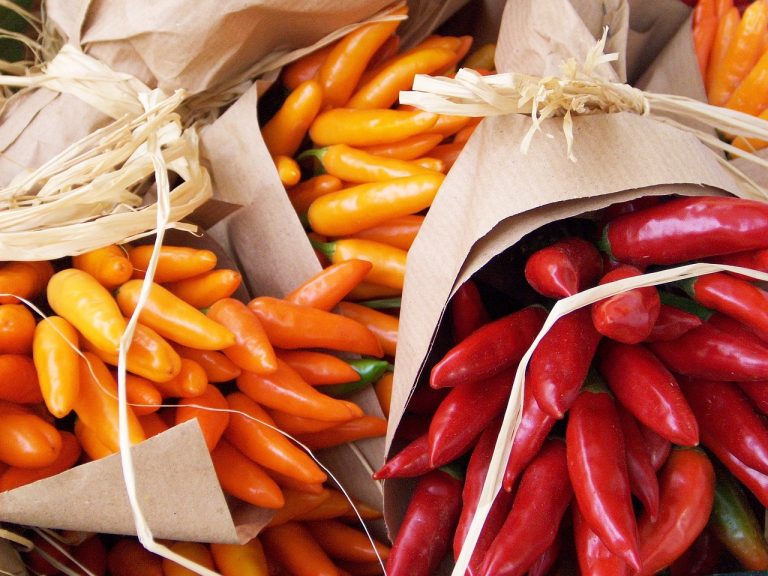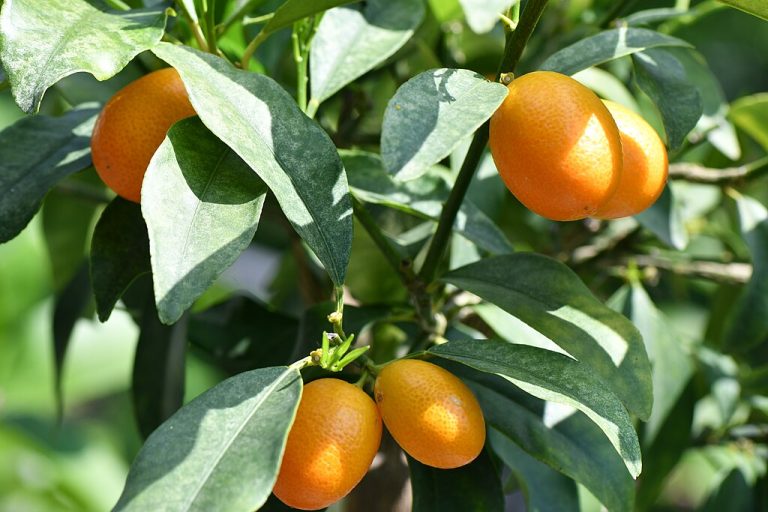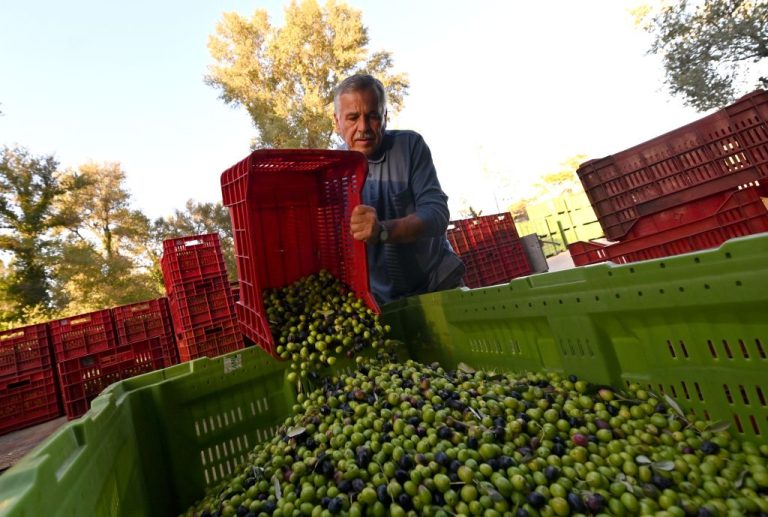Indigenous to South and Central America, chili peppers were first cultivated in Mexico some 6,000 years ago. As they made their way around the world, these spicy fruits (technically berries) grew to encompass an exciting array of colors, forms and flavors; but they all belong to the genus Capsicum.
Nearly all the myriad members of this genus contain capsaicin, the main chemical compound which gives chilis their heat. Aside from giving your food a considerable kick, capsaicin has many other fascinating effects, particularly in the health department. Let’s see what chili peppers can do for you, and how to use them safely.
A pepper a day keeps the doctor away (7 ways)
1. Improved digestion
Taken in moderation, chili peppers can improve digestive health. Capsaicin stimulates the production of digestive fluids, promoting a faster, more efficient breakdown of foods. Digestive health can have a big impact on allergies, immunity, mental health, and overall well-being; so tolerating a bit of spice each day may be well worth it. As with most things, however, excessive consumption is not recommended.
2. Natural analgesic (pain reliever)
Anti-inflammatory properties in capsaicin help relieve pain from arthritis and sore muscles, while the burning pain experienced when consuming chili peppers triggers the release of endorphins and dopamine — promoting a sense of euphoria.
Topically, capsaicin reduces pain signals by desensitizing the nerve cells, making it a popular and effective ingredient in ointments for pain and discomfort.
3. Immune boosting
Success
You are now signed up for our newsletter
Success
Check your email to complete sign up
Ouncer per ounce, chili peppers contain five times more vitamin C than oranges. They are also a good source of several other immune boosters: antioxidants, minerals like calcium, iron, magnesium and potassium, and vitamins A, B12 and E.
4. Improved blood circulation and heart health
By breaking down fat and promoting its elimination, capsaicin reduces the accumulation of cholesterol in the body. It also inhibits a gene that causes arteries to contract and restrict blood flow.
5. Cancer prevention
Chili pepper compounds have been found to be effective in the prevention and treatment of certain types of cancer, including lung and prostate. This may be partly due to the abundance of carotenoids and flavonoids (powerful antioxidants which scavenge free radicals), but scientists suggest that capsaicin also increases the rate of cell turnover.
6. Improved respiration
The anti-inflammatory effects of capsaicin can improve lung function by reducing inflammation in the airways. Capsaicin also stimulates a mucociliary response to clear the sinuses, which you may be familiar with if you’ve ever experienced a runny nose with your buffalo wings.
For quick relief from congestion and sinus pain, try a chili pepper nasal spray:
- ¼ tsp chili powder (cayenne)
- ¼ tsp. Salt
- 1 cups warm water
7. Weight loss
Consuming chili peppers can help you lose excess weight by triggering your body to break down fat and burn more calories. They also help curb the appetite — it’s hard to overeat when you’re overwhelmed with spice!
Fun facts (5 of them)

8. Hotness scale
The standardized measurement of chili pepper hotness is possible via the Scoville scale. Designed by pharmacist Wilbur Scoville, this ranking system is based on the human tongue’s ability to detect capsaicin in increasingly diluted solutions made from dried chili peppers.
Scoville Heat Units (SHU) range from 0 (bell peppers) to over 3.2 million (pepper x — currently the world’s hottest pepper). A more average chili pepper like cayenne is rated around 40,000 SHU.
9. Pepper anatomy and capsaicin concentration
The pericarp is the wall of the fruit, which encloses the seeds. The tip, or apex of a chili pepper pericarp is the mildest part, and it gets spicier as you approach the shoulder (near the stem).
The seeds of chili peppers are relatively low in capsaicin, but they are often credited with high heat due to their proximity to the placenta. This is the white, pithy membrane that carries the seeds. It has the highest concentration (89 percent) of capsaicin because it holds the capsaicin glands.
It is recommended to wear gloves when dealing with the interior of chili peppers, not only to protect your hands, but also any part of your body that you might touch afterwards — like your eyes!
10. Only mammals are sensitive to capsaicin
Chili pepper can be used to deter pests like rodents, since they are also sensitive to the burning irritants in capsaicin, but it will do little to repel birds or insects. To protect your decorative pumpkins and home-grown produce, use a hot pepper spray:
- 2 quarts water
- 2 Tbsp. dried cayenne or comparable chili pepper
- 1 tsp biodegradable dish soap
Simmer the water and pepper for 15 minutes, strain, add soap, and cool before transferring to a spray bottle. Remember to wash your produce before consuming.
11. Better than band aids
While capsicum can improve blood circulation in the body, it also seems to promote clotting when applied to cuts. Scientists have found that capsaicin stimulates the release of a neuropeptide that promotes the constriction of blood vessels to help stop bleeding. Adding hot pepper to an open wound might sound like torture, but it actually helps relieve pain, too (see number 2).
12. Antifungal activity
Capsaicin in chili peppers has powerful antimicrobial and antifungal properties that help protect them from disease. This activity has promising potential for the natural control of fungal pathogens in the garden (grapes) as well as fungal infections in the body (candida).
Get to know your chili peppers
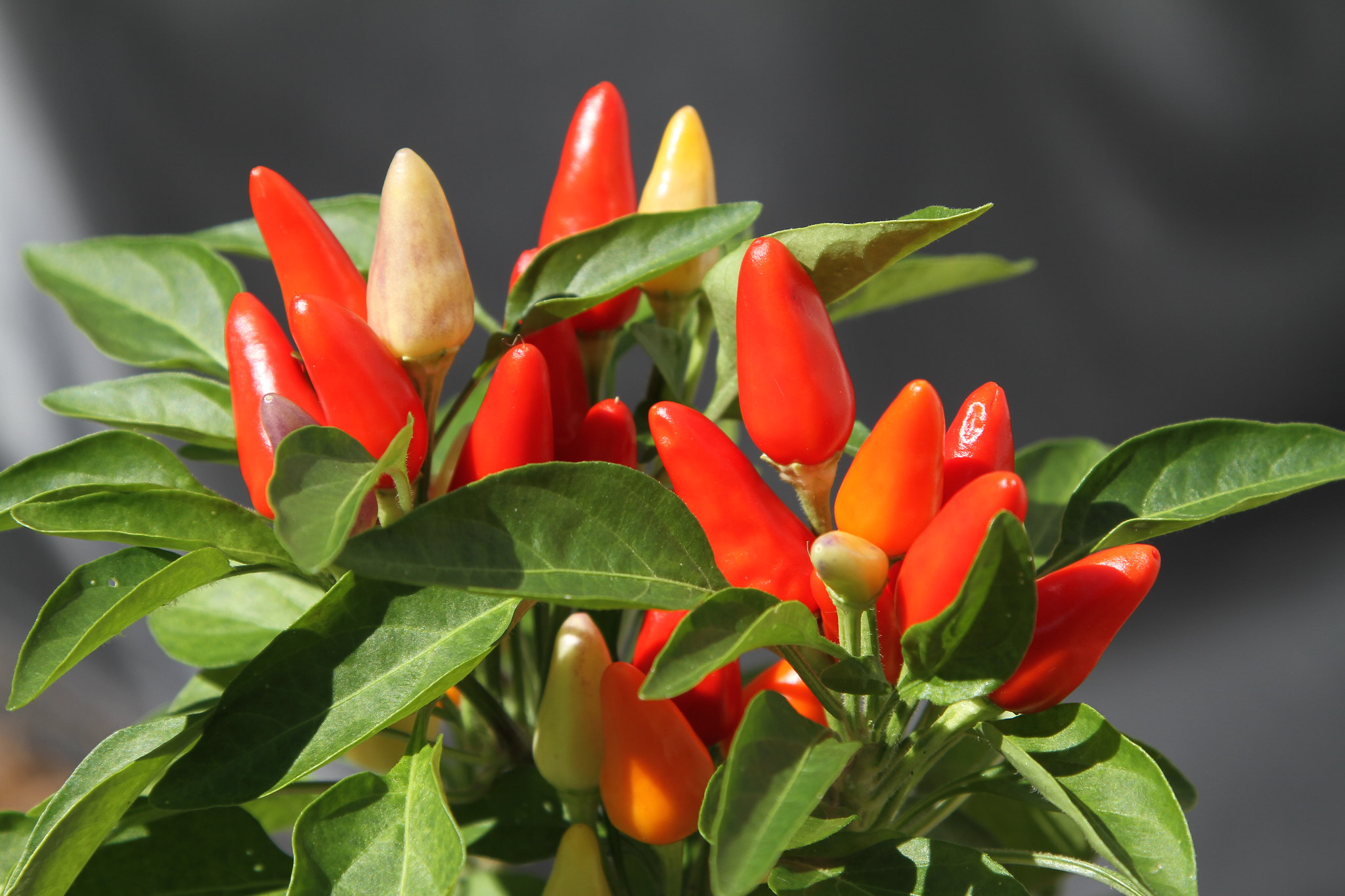
Five domesticated pepper species (annuum, baccatum, chinense, frutescens, and pubescens) give us thousands of chili cultivars, not to mention the dozens of species growing wild. All the commonly consumed peppers (including bell peppers, cayenne, jalapeño, paprika, Thai, and many more) are cultivars of the species annuum.

Capsicum baccatum includes the Peruvian chillies, and mainly consists of the South American Aji chili varieties, such as Aji amarillo, Aji panca, Lemon Drop and Bishop’s Crown. These peppers tend to be fairly hot (ranging in the 30,000 to 50,000 SHU).
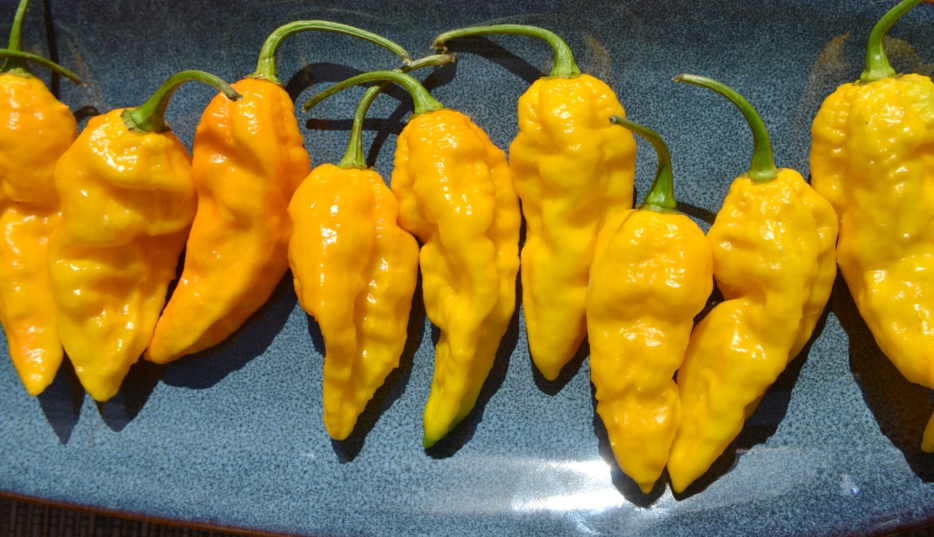
C. chinense boasts the most outrageously hot peppers, including all of the habaneros, Scotch Bonnets, Trinidad Scorpions, the Bhut Jolokia “ghost pepper,” and the Carolina Reaper. They vary in color but share a sort-of squat, rumpled form.
C. frutescens has large clusters of small, elliptical fruits. That, and the small size of the plant make it ideal for ornamental potted peppers. The best known pepper of this species is tabasco, a medium-hot pepper popular for hot sauces. This species also includes the African Devil, which promises well over 100,000 SHU.
C. pubescens is unique in two ways. The first is that the plants in this species have hairy leaves — weird but true, and the basis of their name. The second is that the seeds of their fruit are black. These thick-walled, juicy peppers all have a sweet aroma and flavor but the hotness can vary from mild manzanos to very hot rocotos.
Within these species there are also many hybrid varieties bred for specific flavor profiles – like intense heat.
13. Enough is enough
When you’ve reached your tolerance with chili peppers, it’s important to know how to reduce the heat. Your first inclination may be to down a glass of cold water, but this actually does little other than quench your thirst.
Why? Capsaicin is a hydrophobic molecule, and does not mix easily with water. What you need is another hydrophobic molecule to soften the blow. Milk contains both hydrophobic fats — which help dissolve the capsaicin, and casein — an emulsifier that facilitates the mixing. This means that most dairy products are helpful in toning down the heat in your mouth — or any other area that might have been exposed, for that matter.
If you don’t do dairy, starches like bread, rice, pasta, and potatoes can help counteract the capsaicin. Alternative dairy beverages like coconut milk, oat milk, and almond milk also have enough fat and starch to provide some relief.



